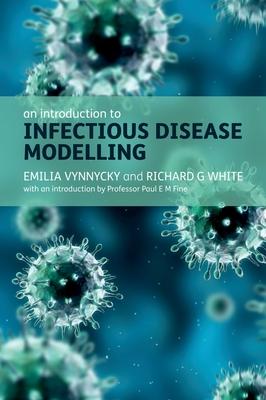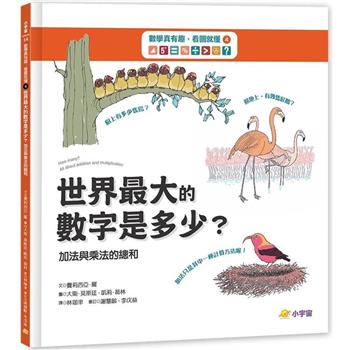Mathematical modelling is increasingly being applied to interpret and predict the dynamics and control of infectious diseases. Applications include predicting the impact of vaccination strategies against common infections and determining optimal control strategies against HIV and malaria. Though many public health and infectious disease researchers are aware that mathematical modelling would be of use to them, few have had any formal training in this area. As a result, they are ill-equipped either to use models or to even critically evaluate the modelling work of other researchers. Though several texts on the mathematical modelling of infectious disease transmission have been published to date, they have either been targeted at modellers, or they have illustrated how mathematical equations have informed the dynamics and control of infectious diseases without explaining how these equations might be set up and solved.
This book is designed to fill this gap. By reading the book and completing the accompanying exercises, readers will understand the basic methods for setting up mathematical models and how and where models can be applied. They will also gain an improved understanding of the factors which influence the patterns and trends in infectious diseases. This book will be of interest to epidemiologists, public health researchers, policy makers, veterinary scientists, medical statisticians and infectious disease researchers.
| FindBook |
有 1 項符合
An Introduction to Infectious Disease Modelling的圖書 |
 |
An Introduction to Infectious Disease Modelling 作者:Vynnycky,Emilia/White,Richard G./Fine,Paul E. M.(INT) 出版社:Oxford Univ Pr 出版日期:2010-07-15 語言:英文 規格:平裝 / 370頁 / 2.5*15.9*22.9 cm / 普級 / 單色印刷 |
| 圖書館借閱 |
| 國家圖書館 | 全國圖書書目資訊網 | 國立公共資訊圖書館 | 電子書服務平台 | MetaCat 跨館整合查詢 |
| 臺北市立圖書館 | 新北市立圖書館 | 基隆市公共圖書館 | 桃園市立圖書館 | 新竹縣公共圖書館 |
| 苗栗縣立圖書館 | 臺中市立圖書館 | 彰化縣公共圖書館 | 南投縣文化局 | 雲林縣公共圖書館 |
| 嘉義縣圖書館 | 臺南市立圖書館 | 高雄市立圖書館 | 屏東縣公共圖書館 | 宜蘭縣公共圖書館 |
| 花蓮縣文化局 | 臺東縣文化處 |
|
|
圖書介紹 - 資料來源:博客來 評分:
圖書名稱:An Introduction to Infectious Disease Modelling
|











